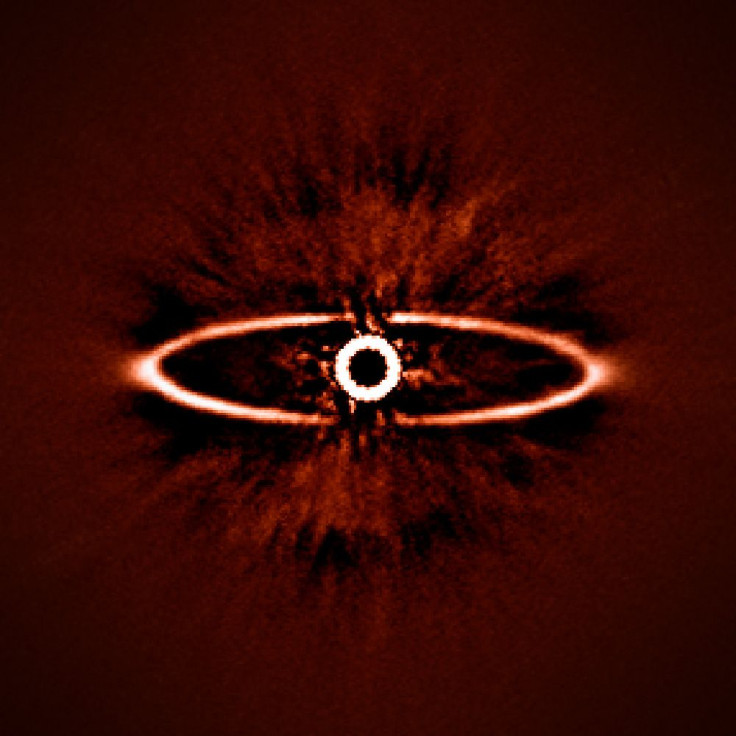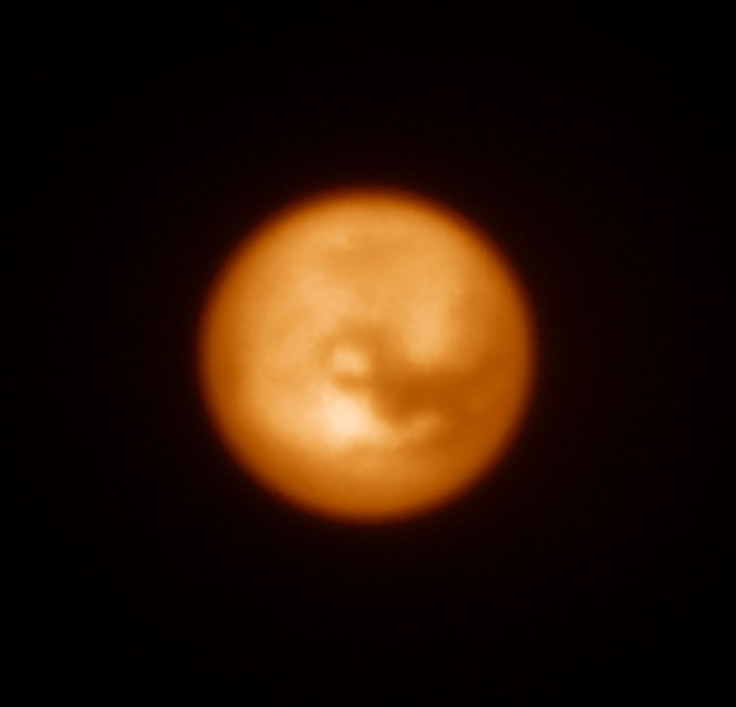SPHERE Instrument Bumps Up The Contrast In Search Of New Exoplanets [PHOTOS]
The European Southern Observatory turned on its new Spectro-Polarimetric High-contrast Exoplanet REsearch (SPHERE) instrument and shared the exoplanet-hunting tool’s first photos. SPHERE will be used to direct image planets by increasing the contrast and reducing the glare from the bright host stars.

According to the ESO, direct imaging of exoplanets has been difficult as the light given off by the planets has often been obscured by the bright light of the host star. SPHERE is mounted to the ESO’s Very Large Telescope, located at the Paranal Observatory in Chile.
For first light, SPHERE observed the dust ring around star HR 4796A. In the photo, the bright light of the star is reduced and the structure of the surrounding dust ring is visible.
As noted by ESO, most exoplanets, such as the recent discoveries of Kepler-10c and Kapteyn multiplanet system, are discovered via indirect means. Exoplanets have been discovered by measuring the radial velocity of the host star, measuring changes in speed due to the gravitational pull of the planet; or by using the transit method, measuring the change in brightness as a planet passes in front of the star.

SPHERE has several techniques which will improve its ability to direct image exoplanets. SPHERE accounts for the Earth’s atmosphere for observations, increasing the contrast and sharpness of the images. A coronagraph blocks out the bright light of the star, much like the one seen here on NASA’s Solar and Heliospheric Observatory (SOHO) as it observed comet ISON in 2013. The last technique uses the different color of light from the star and the planet to find new exoplanets.
Principal investigator for SPHERE Jean-Luc Beuzit, from the Institut de Planétologie et d'Astrophysique de Grenoble, France, said in a statement, “This is just the beginning. SPHERE is a uniquely powerful tool and will doubtless reveal many exciting surprises in the years to come.” ESO will continue to test and refine SPHERE but will let astronomers use it by the end of 2014.
© Copyright IBTimes 2024. All rights reserved.






















